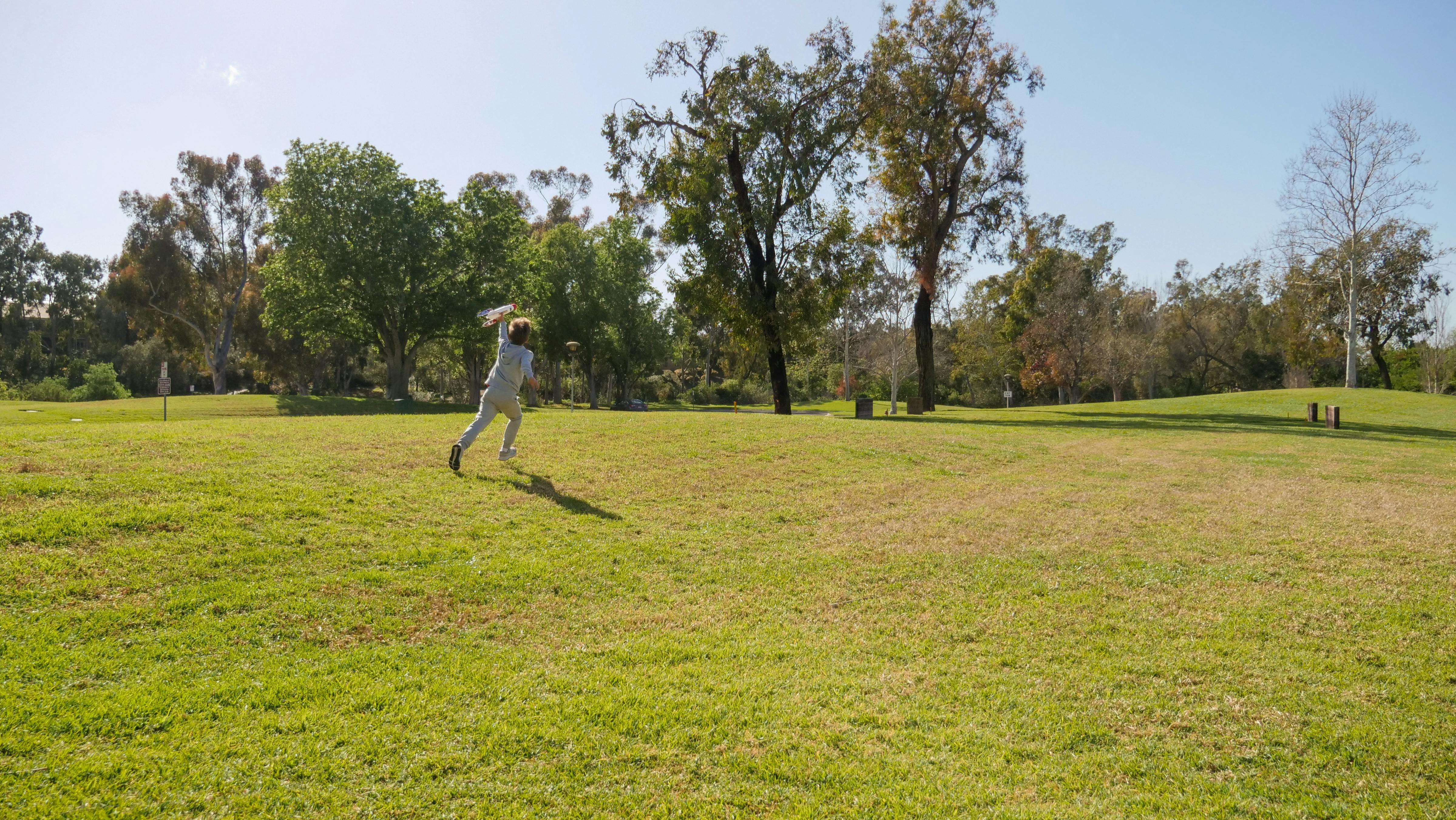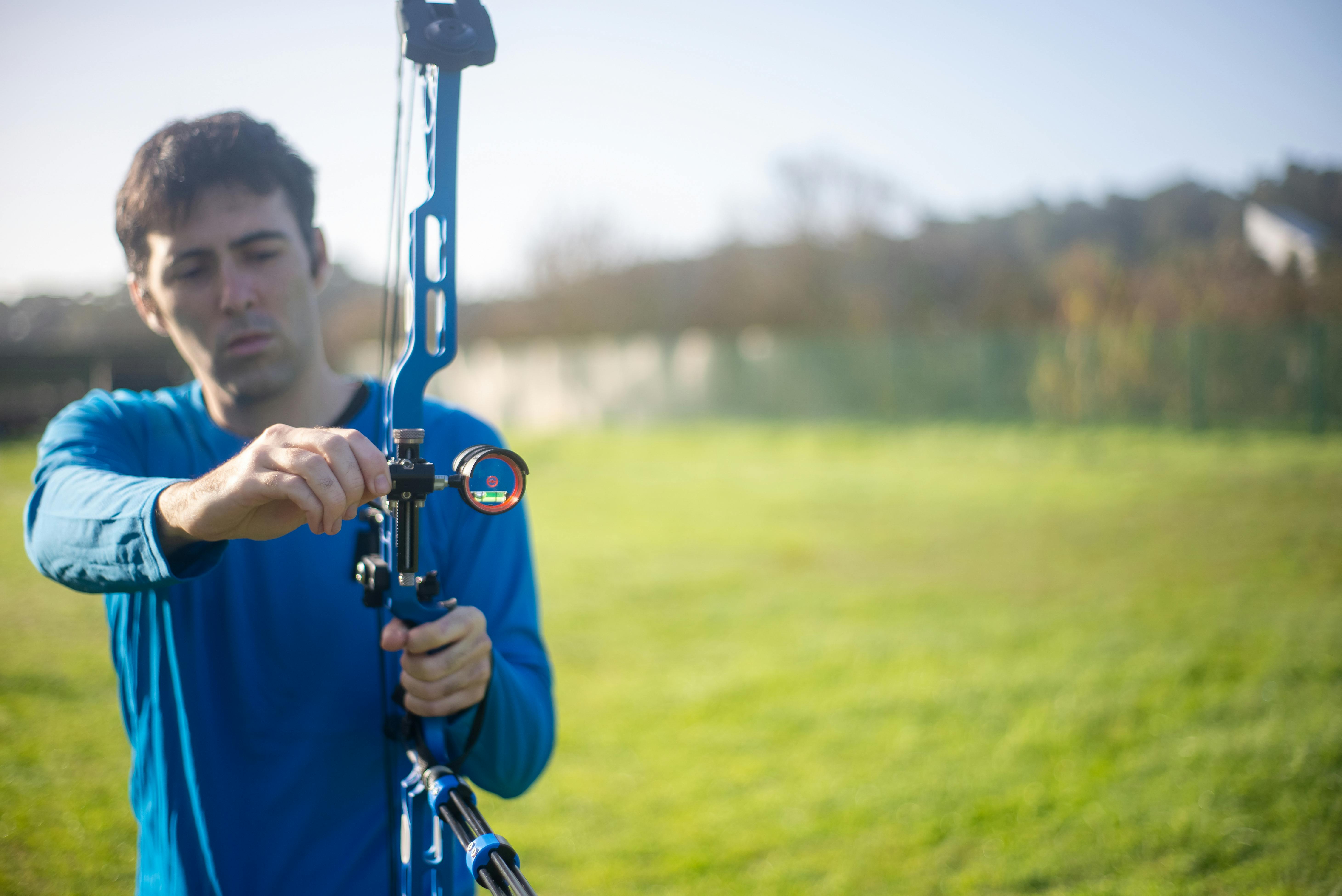We’re just talking about cooking, not food preservation, here.
Of course, without a vacuum machine it is not possible to obtain a perfect vacuum in a bag or plastic bag; but it is possible to have a partial sous vide, sufficient to perform this cooking method.
This method can be adapted for cooking at home or for small restaurants.
Why prepare food this way? What are the benefits of this method?
– You can prepare the food one or two days, or more, in advance. You can store the food in the refrigerator or even freeze the preparations, keep them for a few weeks or a month, then reheat and serve them when needed.
Imagine having a party next week with 10 people coming home. What a lot of food to store and handle on the last day! You may feel overwhelmed by such a task. With this method, most of the work can already be done before the day of the party.
You can prepare food when you have plenty of time and don’t need to rush to get it ready when your guests arrive. You look calm, and I’m sure you’ll handle the situation much more easily.)
– Preparing in this way, the food is more delicious because the food is cooked in its own juices, the flavor does not disappear in the air. Remember when you walk into a kitchen and smell all the wonderful perfumes that reach your nose. This is the taste of food that disappears into thin air. With this method, the tastes stay inside.
– Another benefit of this method is that it gives you the opportunity and simplicity of cooking at a low temperature, 70°C/158°F.
Let me explain this point about temperature: when you cook the “normal” way, it is above 70°C/158°F. In fact, boiling water is 100°C/212°F; when roasting an average temperature of 200°C/392°F is used, this is certainly much higher than 70°C/158°F.
Here, speaking of temperatures, we are reaching a crucial point. Meats, fish too but less, when they are cooked at high temperatures they become hard. This is because collagen (fibrous protein that makes up much of meat) contracts and hardens above 70°C/158°F. Therefore, the advice is to cook below this temperature to keep the meat tender. (Since the use of “sous vide” technology, the food industry prepares roast meat from parts of the animal that would never have been roasted in the past because these parts are usually too tough. This is only possible due to the low temperature.)
(Low temperature cooking can be done by different means but you won’t get all the benefits of sous vide, nor all the benefits of my method.
It can be cooked at low temperature with a normal pot. There are electric slow cookers on the market, available for all kinds of recipes)
How to prepare “sous vide”, or vacuum cooking, without a vacuum machine.
I first give you here, mainly for those who already know how to prepare sous vide food, a brief description of the process, then more details that you can read if you are interested in trying this method:
Instead of putting the food to be cooked in a plastic bag and vacuuming it up, simply wrap or roll the food in at least 5-6 layers of plastic wrap. Be sure to secure the plastic, then proceed the same way you would for normal sous vide cooking. Of course, the length of time you can keep food with this process has nothing to do with actual sous vide cooking, as there is no control over the percentage of vacuum in the package you’ve prepared with this method. I recommend that you follow the same rules that you follow for non-aspirated foods.
detailed process
Start with this very basic recipe if you want to try sous vide, as it’s so easy to make. Then you can adapt my method to different meats, poultry or fish or find a recipe among those that we propose on this website.
Chicken breast prepared in plastic wrap (sous vide style)
Use chicken breast with or without skin, stuffed or not, marinated or not depending on the recipe or your choice. Use it on its own or brown it in a pan before wrapping for a more toasty flavor. The meat when served after cooking will of course no longer be crispy; but you can place it in a pan for 2 or 3 minutes to recover its crispness just before placing it on the plates.
1- Put the pieces of seasoned chicken breast, already stuffed, on plastic paper.
2- Wrap the chicken breast well in the plastic wrap, making sure to press hard against the meat as you wrap it so that as much air as possible comes out of the package. (We’re not trying to compete with a vacuum machine here, but we’re trying to have a minimum of air inside, mainly because if there’s too much air left inside, the package will float to the top of the water when poached and cook slower) . evil).
Wrap at least 5 or 6 times around the meat to obtain a sufficiently firm and resistant package.
3- Make a knot on each side of the package with string or with the same plastic if you have any left over. Now the chicken breast is ready to cook.
4- Put the package in a pot with water at 70°C/158°F. Use a thermometer to make sure it’s the right temperature.
5- Continue cooking for about 20 minutes, making sure the temperature remains at 70°C/158°F, checking from time to time. The cooking time depends on the size of the chicken breast. This example is for a 180 g/6 oz piece and should not last more than 20 minutes.
If you cook a stuffed chicken breast, be sure to adjust the cooking time for the size and also the filling. (If you stuff with cooked mushrooms, the cook size will be shorter than a stuffing made with raw meat, for example.)
6- When ready, serve immediately with the sauce of your choice. (Slice the chicken breast for a nicer presentation)
Ratings
If you have chosen to prepare the chicken breast ahead of time, do not cook them, place them in the refrigerator for up to a day. If you want to serve the chicken breasts later, freeze them. Keep up to a few weeks. (It’s best not to keep food in the freezer for too long, as it will start to dry out and “freeze burn” after a few months. Be sure to thaw meat before you start cooking.
If you have a slow cooker at home, you can use it to prepare this recipe. Fill it with water and set the thermometer (if available) to 70°C/158°F.
Jean Louis Vosgien
www.photos-and-recipes.com



